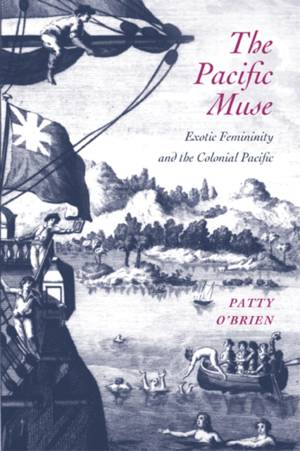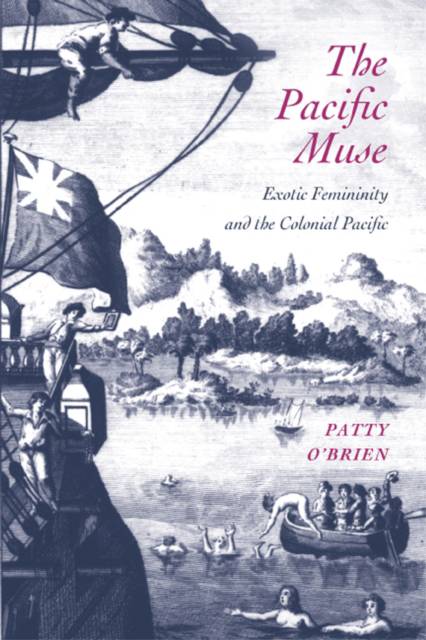
- Retrait gratuit dans votre magasin Club
- 7.000.000 titres dans notre catalogue
- Payer en toute sécurité
- Toujours un magasin près de chez vous
- Retrait gratuit dans votre magasin Club
- 7.000.000 titres dans notre catalogue
- Payer en toute sécurité
- Toujours un magasin près de chez vous
Description
The Pacific Muse offers a fresh perspective on a seductively familiar topic: the colonial stereotype of the exotic Pacific island woman. By tracing the evolution of female primitivism from Western antiquity to twentieth-century Hollywood images, the book sheds new light on our understanding of how and why this ideal has persisted and the major role it has played in the colonization of Pacific peoples.
While examining colonial culture in its many manifestations, from art, literature, and film to the journals of explorers and missionaries, O'Brien rereads not only the canonical texts of Pacific imperialism, but also lesser-known remnants of this cultural heritage with an eye to what they reveal about gender, sexuality, race, and femininity. Over its long history - from the famous (and much romanticized) settlement of Tahitian women and mutineers from the Bounty on Pitcairn Island in 1789 to the South Seas romantic tradition, Gauguin, and beach culture - notions of female primitivism changed in response to the ideological watersheds of Christianity, Enlightenment science, and race theories, as well as the development of democratic nation-states, modernity, and colonialism. The Pacific Muse shows the continuities and differences in representing colonized women across geographical regions and historical epochs and highlights the importance of sexualization and feminization in imperial enterprises.
Including 37 illustrations of Pacific women from early etchings by shipboard artists to recent photographs, this panoramic view of gendered Pacific history is enlightening reading for cultural anthropologists, women's and gender studies scholars, and historians of colonialism and the Pacific.
Spécifications
Parties prenantes
- Auteur(s) :
- Editeur:
Contenu
- Nombre de pages :
- 338
- Langue:
- Anglais
- Collection :
Caractéristiques
- EAN:
- 9780295996165
- Date de parution :
- 16-07-15
- Format:
- Livre relié
- Format numérique:
- Genaaid
- Dimensions :
- 152 mm x 229 mm
- Poids :
- 666 g







